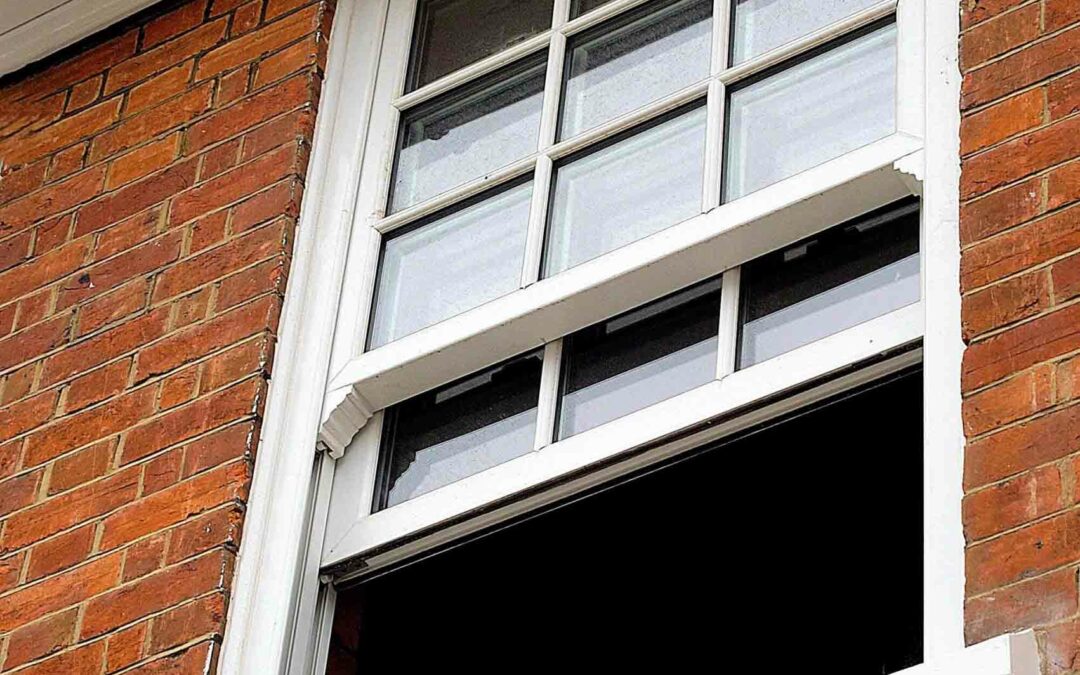A window sash is a fundamental part of a window, serving as the framework that holds the glass securely in place. It is typically made up of horizontal and vertical bars, dividing the window into various sections. The primary purpose of a window sash is to provide structural support to the window, ensuring that the glass remains stable and does not break or come loose. Moreover, window sashes play a vital role in insulating the interior of a building by effectively sealing out drafts and preventing air leakage. This insulation not only helps to maintain a comfortable temperature inside the building but also contributes to energy efficiency, reducing heating and cooling costs.
In addition to their functional purposes, window sashes also offer several other benefits. Many window sashes are designed to be opened and closed, allowing for ventilation and easy access to the exterior. This feature is particularly valuable during the warmer months when fresh air circulation is desired. Furthermore, window sashes contribute to soundproofing by reducing noise transmission from the outside. This is particularly important for those living in noisy urban areas or near busy roads.
Beyond their practical uses, window sashes also enhance the overall aesthetic appeal of a window. Whether they are made from wood, vinyl, or metal, window sashes can be customized to match the architectural style of a home or building, adding a touch of elegance and visual interest. They are available in various colors, finishes, and designs, enabling homeowners and architects to create a cohesive and attractive look.
Window sashes are not just a mere decorative element; they are integral components that contribute to the overall functionality and design of a house or building. Beyond their aesthetic appeal, window sashes serve a multitude of practical purposes. They are designed to provide structural support, ensuring the stability and durability of the entire window assembly. Additionally, window sashes play a crucial role in insulation, helping to regulate temperature and reduce energy consumption by minimizing heat transfer through the windows. This insulation capability not only ensures a comfortable living environment but also leads to cost savings by reducing heating and cooling expenses.
Furthermore, window sashes also function as vital ventilation tools. By allowing the control of airflow, they enable fresh air to circulate into the living space, thus ensuring proper air circulation and maintaining a healthy indoor environment. This becomes particularly important during warmer months when opening windows can bring in cool breezes and create a refreshing atmosphere. Additionally, window sashes also aid in soundproofing. They help reduce outdoor noise pollution and create a tranquil indoor environment, shielding occupants from the hustle and bustle of the outside world.
Beyond their functional attributes, window sashes contribute to the overall visual appeal of a building. With various design options available, they can add character and charm to any architectural style, whether traditional or contemporary. From elegantly divided grids to sleek and simple designs, window sashes offer endless possibilities to enhance the aesthetic appeal of a structure. Moreover, when strategically placed to maximize views, window sashes allow occupants to enjoy stunning vistas from the comfort of their own living spaces, creating an immersive and picturesque experience.
Whether transforming a room with natural light or establishing a connection with the outside environment, window sashes are undoubtedly essential components of well-designed homes or buildings. Their versatility in providing structural support, insulation, ventilation, and soundproofing, coupled with their ability to enhance the visual appeal of windows, make them indispensable. So, whether you’re gazing out at a breathtaking landscape or relaxing in a welcoming and well-ventilated space, window sashes play a crucial role in shaping and creating a comfortable and enjoyable living environment




